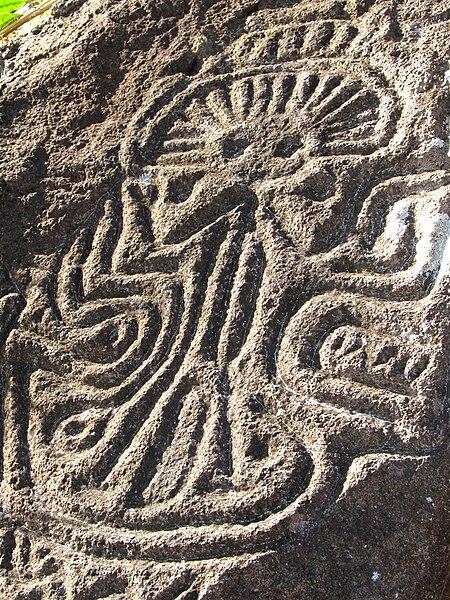Granada is a city in western Nicaragua and the capital of the Granada Department. With an estimated population of 105,862 (2022), it is Nicaragua's ninth most populous city. Granada is historically one of Nicaragua's most important cities, economically and politically. It has a rich colonial heritage, seen in its architecture and structure.
La Catedral de Granada, seen from la Iglesia de la Merced
Granada street scene, circa 1905
Old Market Building of Granada in 1880
American-born General William Walker reviewing his troops on the Grand Plaza, Granada, capital of Nicaragua. Illustration for Frank Leslie's Illustrated Newspaper, June 21 of 1856.
Nicaragua, officially the Republic of Nicaragua, is the geographically largest country in Central America, comprising 130,370 km2 (50,340 sq mi). With a population of 6,850,540 as of 2021, it is the third-most populous country in Central America after Guatemala and Honduras. Nicaragua is bordered by Honduras to the north, the Caribbean Sea to the east, Costa Rica to the south, and the Pacific Ocean and a shared maritime border with El Salvador to the west. The country's largest city and national capital is Managua, the fourth-largest city in Central America with a population of 1,055,247 as of 2020. Nicaragua's multiethnic population includes people of mestizo, indigenous, European, and African heritage. The country's most spoken language is Spanish, though indigenous tribes on the Mosquito Coast speak their own languages and English.
An ancient petroglyph on Ometepe Island
The Colonial city of León
The colonial city of Granada near Lake Nicaragua, one of the most visited sites in Central America
A portrait of the Battle of San Jacinto during the Filibuster War








